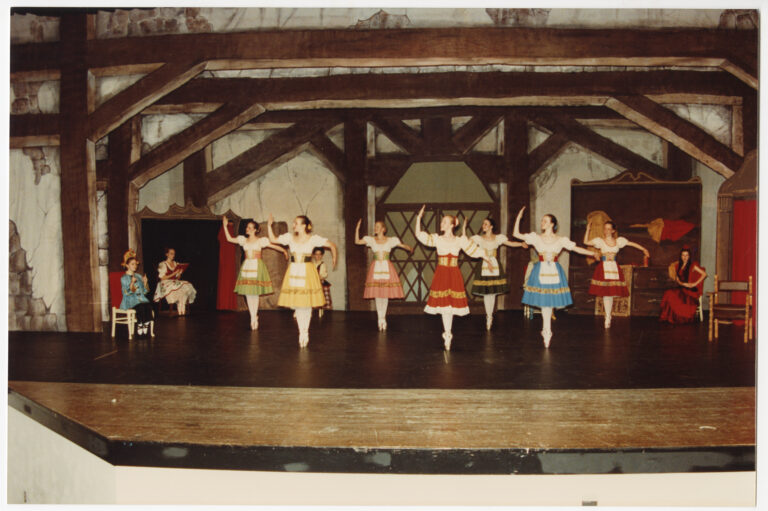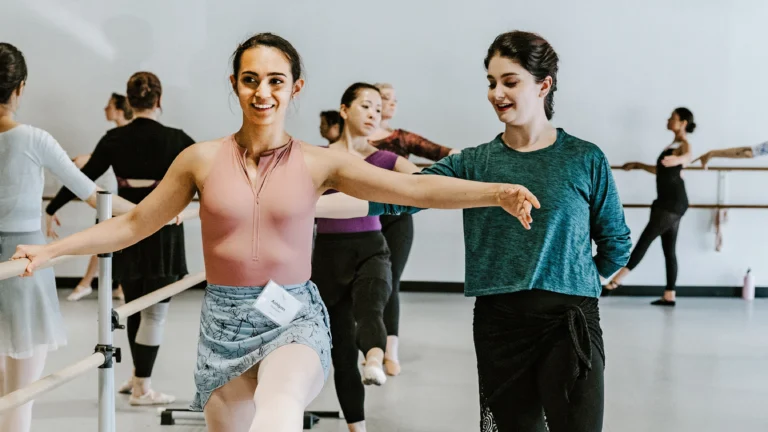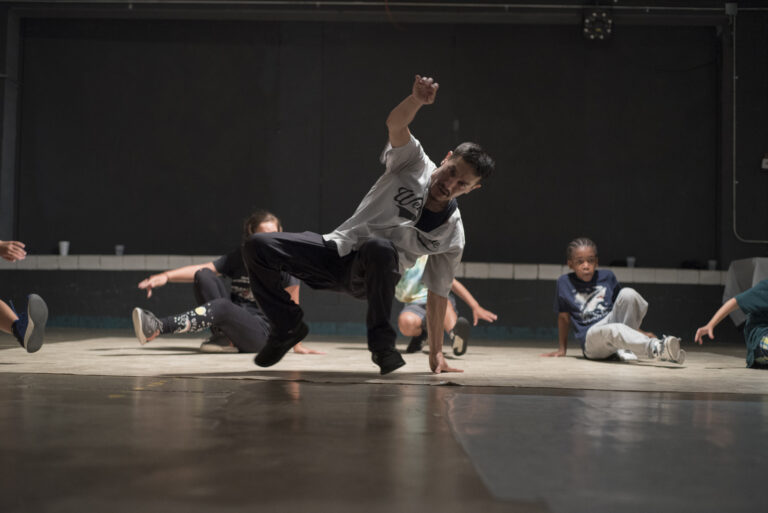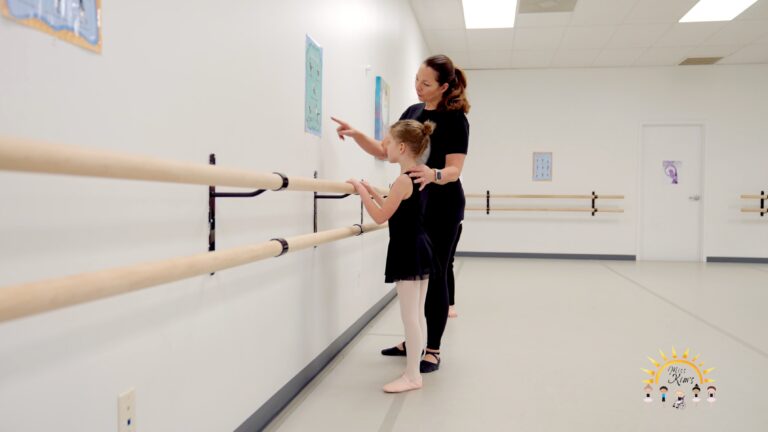
No matter how many competition seasons or recitals you’ve got under your belt, drama inevitably arises over costumes. We spoke to costume companies, a designer and a competition judge for their indispensable advice on costume selection, ordering, trend spotting and customization. Let their wisdom inspire you to dress your dancers to look their best.
1. Be wary of following trends. Although simply cut leotards and pants without shirts (for men) are popular costume choices these days, JUMP Dance Convention teacher and judge Katy Spreadbury warns that such a minimalist approach isn’t enough to elevate a piece to its full potential. Studio owners, she says, shouldn’t focus solely on what makes the dancers’ bodies look pretty but rather choose costumes that are relevant to the dance. “Costuming should give a visual representation of the world the dancer and audience members are experiencing,” says Spreadbury. “When costuming is done in a way that creates that world, our experience as an audience is heightened.”
2. Accentuate the positive; eliminate the negative. “When you choose a costume for your dancers, you have the opportunity to highlight their strengths and minimize their flaws,” says Spreadbury. “If your dancers struggle to hold their centers, a two-piece will accentuate the area of the body they’re having trouble with. If they have limited length in their neck, putting a lot of fabric there will only draw attention to the problem.” Ill-fitting costumes can overexpose your dancers and make the audience feel uncomfortable.
3. Choose durable fabrics. “Good-quality fabrics will make all the difference in alterations,” says Deborah Nelson, head designer at Satin Stitches, a custom dance-costume manufacturer. “Fabrics that are poor quality can be fragile, snag and tear when manipulated with extensive sewing and resewing.” Nelson recommends spandex mesh, thick plain spandex, stretch spandex velvet, woven polyester chiffon and stretchy lace fabrics. Note that regardless of which fabric you use, it’s much easier to take costumes in than to let them out—always overshoot slightly on sizing when you order.
4. Attend a costume preview show. Wouldn’t you like to see exactly what you’re ordering? There’s nothing like the ability to touch and look closely at how costumes are made—and to avoid discrepancies between what you think you’re ordering and what actually comes in the mail. “If you can make it to a United Dance Merchants of America show [held in the fall in Massachusetts, Georgia, Illinois and New Jersey—see udma.org] or if your costume company produces their own show, it can be very beneficial to understanding exactly what you’re buying,” says Ashley Zimmerman, director of business development for Curtain Call. Can’t make it to a costume show? You can ask for samples to be sent to your studio.
5. Bring a sketch or photographs to your custom designer. Use visuals that have elements you’d like to pull from when planning with a custom designer. Explain the style of dance, too, and describe the music so your designer gets a sense of the piece’s mood. Then, describe the age and size range of the dancers who are performing. “Communicate their ages as well as modesty expectations,” Nelson says. “Explain the variety of body types so your designer can create something that is the most flattering for them.” Be as specific and detailed as possible.
6. Avoid this number-one reason for shipping delays. Double-check the shipment date on your invoice. Costume A may have an early ship date, while costume B has a later one. If this is the case, your entire shipment will roll to match the later ship date. “This ordering mix-up is often the reason for confusing and delayed costume arrivals,” says Zimmerman.




